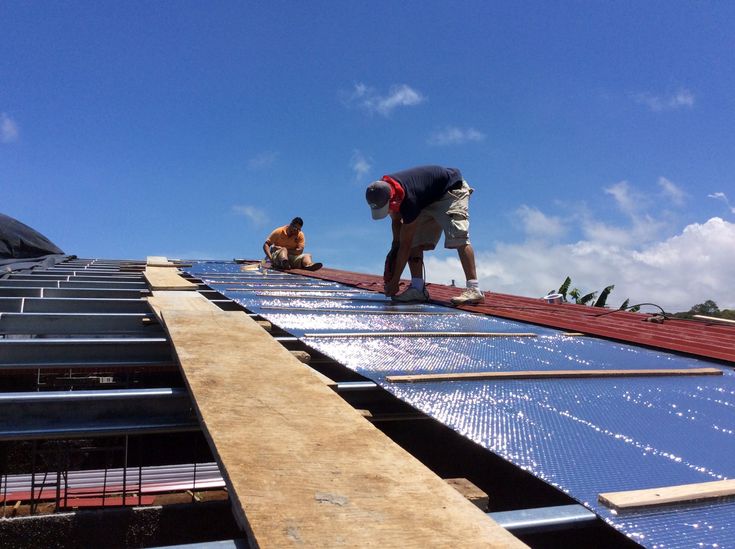As winter approaches, many homeowners brace for the chill and the inevitable spike in energy bills. If you’re looking for effective ways to reduce your heating costs, one of the most impactful solutions is often overlooked: roof insulation roof insulation. In this post, we’ll explore how proper roof insulation can significantly lower your energy bills this winter and enhance your home’s comfort.

Understanding Roof Insulation
Roof insulation is a material used to reduce heat transfer between the inside and outside of your home. It works by trapping warm air inside during the winter months, preventing it from escaping through the roof. This not only helps keep your home cozy but also reduces the demand on your heating system, leading to lower energy consumption and costs.
The Benefits of Roof Insulation
- Reduced Heat Loss
A well-insulated roof minimizes heat loss, which can account for a significant portion of total energy loss in a home. By keeping the warm air inside, you can maintain a comfortable indoor temperature without cranking up the thermostat. - Lower Energy Bills
With less heat escaping, your heating system won’t have to work as hard to keep your home warm. This leads to reduced energy consumption and, subsequently, lower energy bills. Many homeowners notice a significant reduction in their heating costs after insulating their roofs. - Enhanced Comfort
Roof insulation helps maintain a consistent temperature throughout your home. No more cold drafts or uneven heating—just a comfortable living environment for you and your family. - Environmental Impact
Using less energy to heat your home reduces your carbon footprint. By investing in roof insulation, you’re not only saving money but also contributing to a more sustainable future. - Increased Property Value
Proper insulation can enhance the overall value of your home. Prospective buyers often look for energy-efficient features, and a well-insulated roof can be a strong selling point.
Choosing the Right Insulation
When it comes to roof insulation, there are several options to consider:
- Fiberglass Insulation: One of the most common types, fiberglass insulation is effective and affordable. It comes in batts or rolls and is easy to install.
- Foam Board Insulation: This type offers a high insulation value in a thin layer, making it ideal for tight spaces. It’s moisture-resistant and can help with soundproofing.
- Spray Foam Insulation: Known for its superior insulating properties, spray foam expands to fill gaps and cracks, creating an airtight seal. It’s a great option for hard-to-reach areas.
Installation Tips
- Inspect Your Current Insulation
Before adding new insulation, check your existing material for signs of wear or damage. If your insulation is old or insufficient, it may be time for an upgrade. - Seal Air Leaks
Before installing new insulation, ensure that air leaks around windows, doors, and vents are sealed. This will maximize the effectiveness of your insulation. - Hire a Professional
While some homeowners may choose to tackle insulation projects themselves, hiring a professional ensures proper installation and optimal results.
Conclusion
As winter approaches, now is the perfect time to consider the benefits of roof insulation. By investing in quality insulation, you can lower your energy bills, enhance your home’s comfort, and contribute to a more sustainable environment. Don’t let high heating costs keep you in the cold—take action today to ensure a warm and cozy winter.